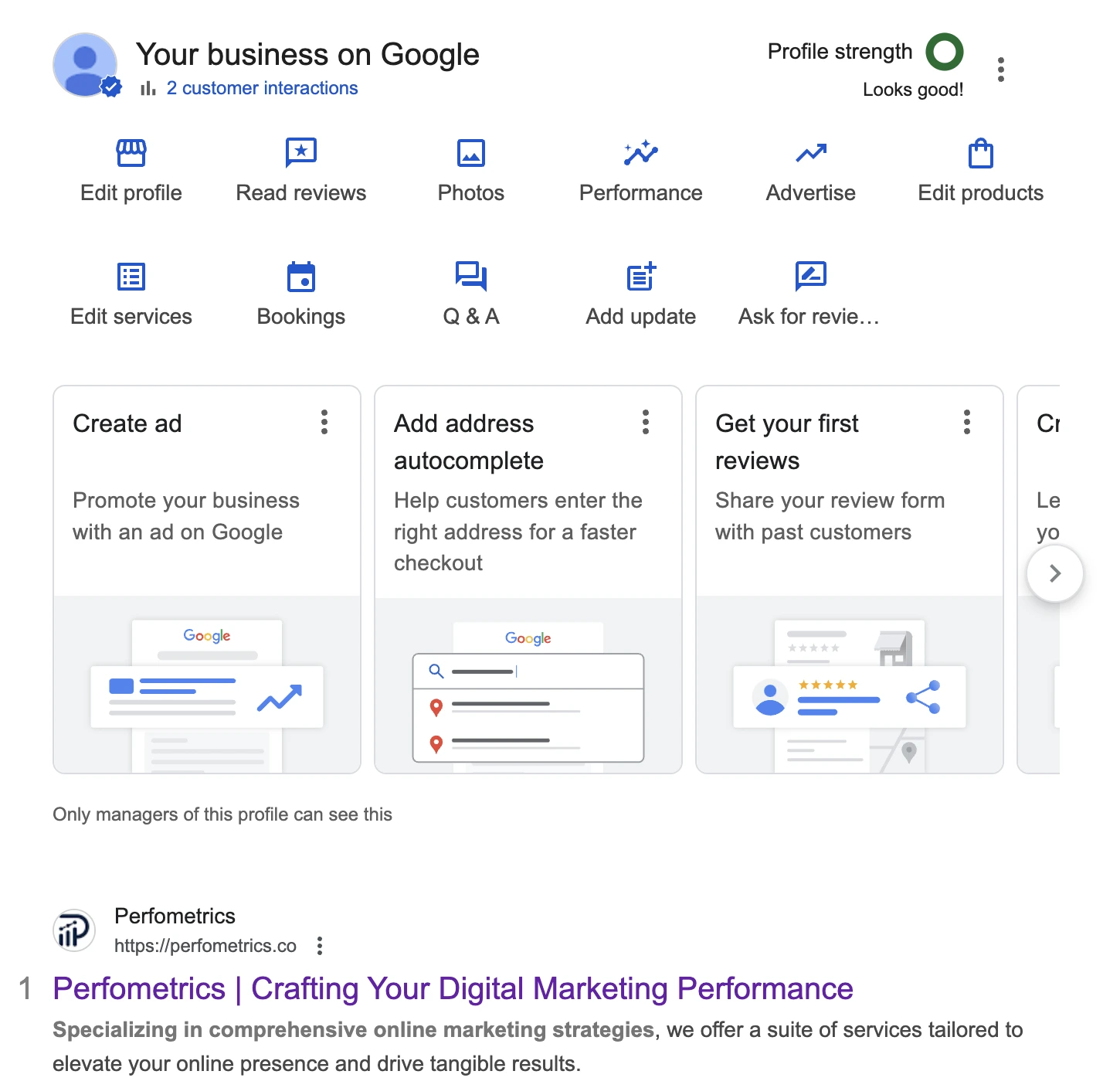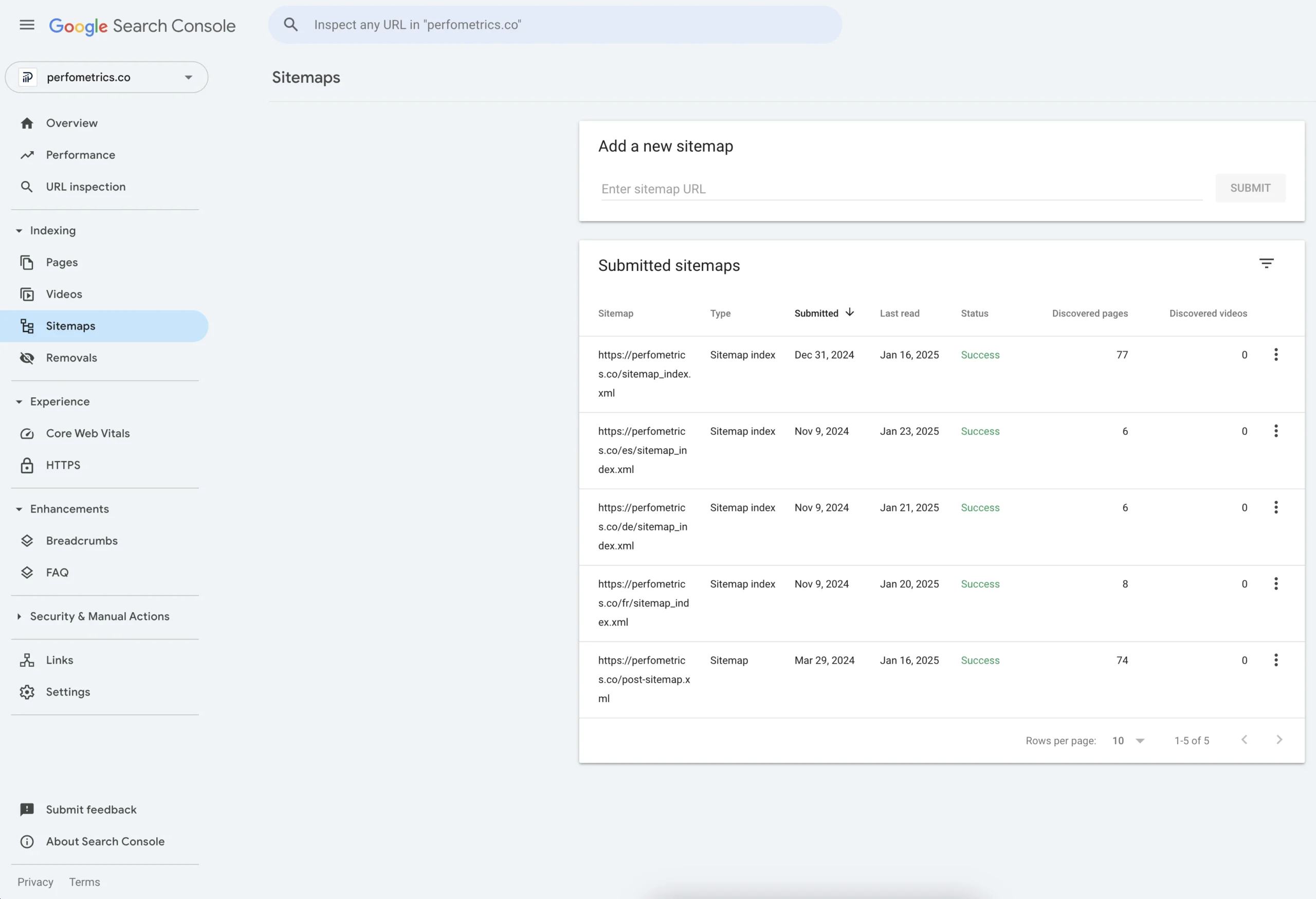Why Local SEO is Important for Small Businesses (and How to Start)
Why local SEO is important for small businesses looking to thrive in today’s competitive landscape? Because it connects you directly with people who are actively searching for businesses like yours in your area.
Whether you run a local coffee shop, a boutique, a dental practice, or a service-based business like plumbing or landscaping, local SEO helps you business stand out in your community.
Take a moment to think about your own search habits. When you need a service or product, chances are you search for something like “best pizza near me” or “yoga classes in [city].” These kinds of searches aren’t casual; they’re made by people ready to act.
Local SEO ensures that your business shows up in those critical moments, giving you the chance to convert local searchers into paying customers.
💡 For more, read: Difference between local SEO and national SEO.
Why Local SEO Matters for Small Businesses
1. Competing with Bigger Players
One of the biggest benefits of local SEO is its ability to help small businesses compete with larger, more established brands. Big companies may have massive budgets for nationwide campaigns, but they can’t easily replicate the personalized, community-driven presence that small businesses bring to the table. By focusing on localized keywords, you can rank higher for terms like “plumber in [neighborhood]” or “organic bakery near [city],” even if you’re competing with a national chain.
For instance, let’s say you own a family-run coffee shop. A corporate café chain might dominate general searches for “coffee,” but with a well-optimized local SEO strategy, you could claim the top spot for “best coffee shop in [neighborhood].” This not only brings in customers who live nearby but also attracts visitors looking for an authentic, local experience.
2. Attracting High-Intent Customers
The real advantage of local SEO lies in its ability to attract high-intent customers, this is specifically visible by including a locational term in the keyword as well as the long-tail keyword structures. These are people who aren’t just casually browsing; they’re actively looking for a solution you provide. For example, a traffic campaign targeting general keywords like “birthday cakes” might bring in people looking for recipes, but someone searching for “custom birthday cakes near me” is likely ready to place an order.
By optimizing for local keywords and ensuring your business appears in local search results (including Google’s “local pack”), you can position yourself right in front of these ready-to-buy customers. This means higher-quality traffic to your website or store, fewer wasted clicks, and more tangible results like sales, bookings, or inquiries.
The Role of Local SEO in Small Business Success
Local SEO doesn’t just bring immediate results, it builds a foundation for long-term growth. When your business consistently appears in local search results, it signals to both customers and search engines that you’re a trusted and relevant player in your community. This visibility can snowball over time.
For example, the more people visit your site, leave reviews, or interact with your business online, the more search engines like Google recognize your authority. As a result, your rankings improve further, creating a positive feedback loop:
- Higher rankings lead to more visibility.
- More visibility attracts more traffic.
- More traffic generates more reviews, clicks, and engagement.
- This ongoing engagement strengthens your online presence and credibility.
This means that starting with local SEO doesn’t just benefit your business in the short term, it sets you up to expand your reach over time.
And to make the most of local SEO, you need the right tools and strategies in place. These include:
- Google Business Profile (GBP): Ensure your profile is complete and up to date with key details like your address, phone number, business hours, and photos. A well-optimized GBP increases your chances of appearing in Google’s “local pack.”
- Local Backlinks: Partner with other local businesses, directories, or blogs to earn links back to your website. This builds authority and strengthens your SEO efforts.
- Mobile Optimization: Since most local searches are done on mobile devices, a fast, mobile-friendly website is essential.
- Localized Content: Create blog posts or landing pages targeting specific neighborhoods or services. For instance, a landscaping company could create pages for “lawn care in [city]” or “garden design services in [neighborhood].”
How to Start Building Your Local SEO Strategy
If you’re ready to dive into local SEO but feel unsure where to begin, don’t worry, it’s a manageable process.
By following a few structured steps, you can start creating a strong online presence that brings local customers straight to your business.
Here’s how to get your small business started with local SEO:
1. Optimize Your Google Business Profile
Your Google Business Profile (formerly Google My Business) is the cornerstone of local SEO. It’s often the first thing potential customers see when searching for businesses like yours. Make sure your profile is complete and optimized:
- Fill in all the details: Include your business name, address, phone number (NAP), website, business hours, and categories.
- Add engaging visuals: Upload high-quality photos of your storefront, products, or services to make a great first impression.
- Write a compelling business description: Highlight what sets you apart and how you can help customers.
- Keep your information updated: If your hours or contact details change, update them promptly to avoid confusing potential customers.

2. Conduct Local Keyword Research
To rank well in local searches, you need to target the right keywords. Local SEO is all about optimizing for searches that combine your business type with location-specific terms. Here’s how to get started:
- Brainstorm location-specific keywords: Think about what customers might type into Google, such as “Italian restaurant in [city]” or “home repair services near me.”
- Use keyword tools: Tools like Google Keyword Planner, SEMrush, or Ahrefs can help you identify popular search terms in your area.
- Look for intent-based phrases: Focus on keywords that reflect what customers are ready to do, like “buy,” “book,” “order,” or “near me.”
Once you have a list of keywords, incorporate them naturally into your website content, Google Business Profile, and blog posts.

3. Create Local Landing Pages
If your business serves multiple locations, consider creating dedicated landing pages for each area. For example, a landscaping company could have pages for “lawn care services in [city]” and “garden design in [neighborhood].”
Each page should include:
- A location-specific headline (e.g., “Top Lawn Care Services in Atlanta”)
- Information about your services tailored to that area
- Relevant keywords naturally woven into the content
- Contact information and a call-to-action (e.g., “Call now for a free quote!”)
- Customer testimonials or case studies specific to that location
4. Submit Pages to Your Sitemap and Google Search Console
Once you’ve created your local landing pages, make sure search engines can find them:
- Add them to your sitemap: Your sitemap is a file that helps search engines index your site. Update it to include your new pages.
- Submit to Google Search Console: Log in to Google Search Console, navigate to the “URL Inspection” tool, and submit the URLs of your landing pages to ensure they’re indexed quickly.

5. Encourage Reviews from Happy Customers
Customer reviews are a huge factor in local SEO. Positive reviews not only improve your visibility in local search results but also build trust with potential customers.
- Ask for reviews: After completing a sale or service, politely ask customers to leave a review on Google.
- Make it easy: Send a follow-up email with a direct link to your Google review page.
- Respond to reviews: Engage with customers by thanking them for positive feedback and addressing concerns in negative reviews. This shows you care about customer experience.
6. Ensure Consistency Across the Web
Search engines and customers trust businesses that provide consistent information.
- NAP consistency: Your business name, address, and phone number should be the same across your website, Google Business Profile, social media, and online directories.
- Claim your listings: Ensure your business is listed on platforms like Yelp, Bing Places, and local directories.
7. Create Content for Local Audiences
To further strengthen your local SEO efforts, consider publishing blog posts or articles tailored to your area. Ideas include:
- Guides like “10 Must-See Attractions in [City]” (if you’re in tourism or hospitality)
- How-to articles like “How to Choose the Best Plumber in [City]”
- Updates about local events or news related to your industry
These help you connect with your audience, improve your SEO, and establish your expertise.
8. Use Social Media to Boost Local Engagement
Social media is another powerful tool for engaging your local audience. Post about:
- Local events you’re participating in
- Special promotions for your area
- Behind-the-scenes looks at your business
Engaging with your followers online can drive traffic to your site and strengthen your brand within your community.
Our Final Thoughts
Local SEO isn’t just another marketing tactic, it’s an essential strategy for small businesses to grow and thrive. It allows you to compete effectively with larger brands, attract high-intent customers, and build a strong foundation for future success.
So, why is local SEO so important? Because it connects you with people who are already looking for what you offer, right now, and right where you are. By focusing on local SEO, you’re not just investing in clicks or traffic; you’re investing in relationships with your community, your customers, and your business’s long-term success.
The next step is simple: start optimizing. Claim your Google Business Profile, focus on localized keywords, and build a website that speaks to your local audience. By prioritizing local SEO, you’re not just keeping up with the competition, you’re staying one step ahead.



